Bose: An Indian Samurai Netaji and the INA a Military Assessment
This is a path breaking book by a former General that seeks to evaluate Netaji Subhash Chandra Bose as a military leader and indeed, the First Supreme Commander of India. Netaji was instrumental in India getting her freedom. It is the first professional attempt to evaluate the military performance of the Indian National Army (INA) in World War-II and its significant impact on the Freedom Struggle. The book has gone into great details about each and every engagement fought by the INA. The INA was the primary catalyst that inspired the military revolts of 1946 that ultimately forced the British to quit. For the first time, the author has examined the events of 1946- especially the revolts in the Royal Indian Navy and the British Indian Army in great detail. He has cited British sources to prove that these revolts were primarily instrumental in forcing the British to leave in such a tearing hurry merely two years after they won the Second World War. This meticulously researched book seeks to reopen a significant historical debate about how India got her freedom. A succession of court historians have tried to craft a narrative that India had obtained her freedom entirely by the soft power of Ahimsa/non-violence and Satyagraha; and that hard power had no role to play whatsoever. This is a huge sacrilege. As per the INA’s official history, the force had a total strength of 60,000. Of these, 26,000 were killed in action. Was that non-violence? The pity is that the Nehruvian dispensation treated these men as traitors. There is no memorial for these martyrs. The INA veterans were not taken back into the Army (on Mountbatten’s advice) and denied their war time pensions. Any nation that seeks to gloss over the martyrdom of 26,000 of its soldiers erodes the very basis of its nationhood. The problem arose from the Nehruvian dispensation’s quest for political legitimacy. It claimed that its non-violent struggle alone had liberated India from the colonial yoke and as such, that gave it the right to rule. This was a deliberate distortion of history to downplay the role of violence and completely bury the role of Bose and the INA. In denying this obvious legacy of force and violence, the Nehruvian dispensation went to inordinate lengths to underline the relevance of its ideology of pacifism and non-violence. This denial of the use of force was thus pushed to inordinate lengths. Nehru claimed that India needed no armed forces and deliberately starved them of resources. He laid most exaggerated emphasis on pacifism even at the cost of national interests. India had to pay a major price for Nehru’s quest for political legitimacy. The toll this exaggerated pacifism took, was seen by the whole world in the military disaster of 1962. Fortunately that served as a major wake up call for the onset of realism in India. The problem is that India’s pre and post-independence histories form a seamless whole. They cannot be seen in isolation. Where a nation state is going depends a lot on where it came from. That is why this seminal debate on how India gained independence is vital for our future. The deeply ingrained ideology of Nehruvian pacifism keeps reasserting itself via the entrenched attitudes and habits of thought of our bureaucracy and political class. India’s pathetic inability to deal with Pakistan’s asymmetric adventurism over the past 30 years is a case in point. There is also the dark secret about what finally happened to Bose. The author is pessimistic about the unearthing of the real truth as many critical Indian files have been destroyed. To get at the whole truth, we need access to Russian, Japanese and British archives. The author has analysed a wealth of data. It leaves us with some most disconcerting and horrible speculations about what happened to the man who in truth, got us our freedom. His legacy was buried and marginalized by a set of non-violent pretenders who expended inordinate amounts of energy in fighting the ghosts of the INA. Today, India as a nation needs to squarely face up to the truth. Bose, indeed was the icon of Indian nationalism. Today, we need to revive his legacy in the backdrop of an ugly debate that seeks to splinter the nation state in India under the pretext of free speech. Treason and treachery continue to flourish in India. That is why we need to revive the ardent nationalism of Bose - an Indian Samurai par excellence.
Get it now and save 10%
BECOME A MEMBER

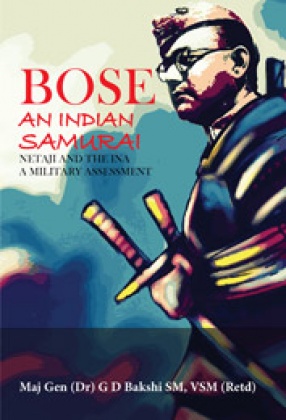
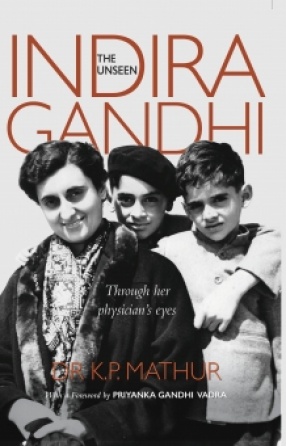
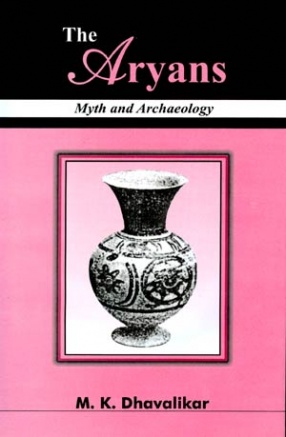

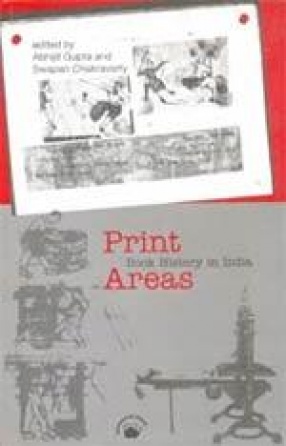
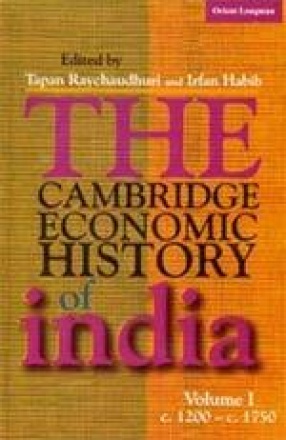

Bibliographic information